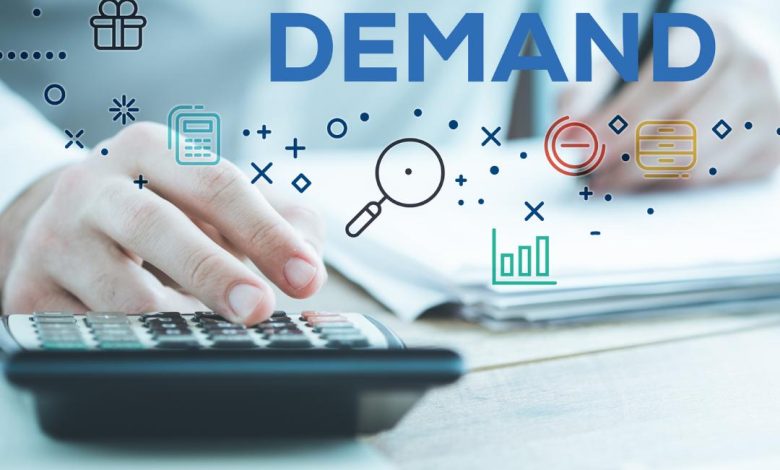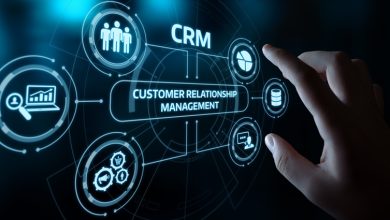
Demand forecasting is a powerful marketing technique that benefits a wide variety of industries. There are a number of different ways businesses reap the benefits of demand forecasting software. Let’s take a look at some examples of how they do that.
Example One – Competition
A local gift shop is preparing for the holiday season, its most profitable time of the year. The owner knows this based on previous years and begins preparations by ordering extra inventory. Studying current trends and the store’s most popular items, the owner uses demand forecasting to order extra inventory that will sell quickly to avoid going out of stock.
However, a trendy chain department store is put up in the same location as the local shop, offering lower prices on similar items. Additionally, due to the season, the store is offering an even bigger discount by running a holiday sale, attracting the local shop’s valuable customers.
Now worried about not making a profit on all of the extra inventory, the owner begins additional demand forecasting to find a way to ensure the season is still a success. By conducting market research and studying other local businesses, the owner eventually comes to the conclusion that they should offer a loyalty discount program.
The solution proves to be a success, as the local shop’s customers choose to take advantage of the loyalty program and continue to support the local business throughout the holiday season and the years to come.
Example Two – Growth
An up-and-coming pet supplies store is quickly growing in popularity and demand. Currently, they are selling approximately 5,000 orders per month, and they want to grow to 20,000 orders in the next year. They use demand forecasting to calculate how many units they have versus how many they will need to achieve their goal.
According to their calculations, they find that their order volume fluctuates heavily based on their replenishment cycle. Concluding that they will continue to grow at the rate of demand, the owners begin to determine whether they should purchase a warehouse, open another store, or use outsourcing fulfillment, while researching areas with a high volume of pet owners.
Example Three – Launching New Products
An established tech company wants to predict the success rate of some new products they have developed before they launch. Because there is limited historical data for the company to reference, they undergo market research initiatives to get an idea of how their customers will react to the new products and identify potential obstacles.
Company leaders accomplish demand forecasting by referencing similar products and obtaining expert manufacturing opinions to fine-tune their products. Doing so birthed a more effective way to manage their supply chain and inventory, resulting in an overall increase in customer demand.
Conclusion
As you can see, demand forecasting is a critical tool that helps businesses achieve market success for whatever goals they are looking to accomplish. For more information on demand forecasting and even the benefits of demand planning software, check out the blog. a


